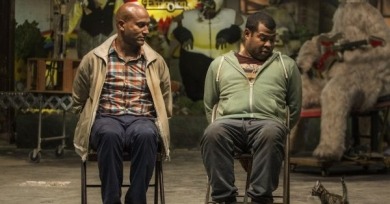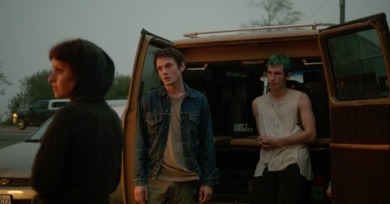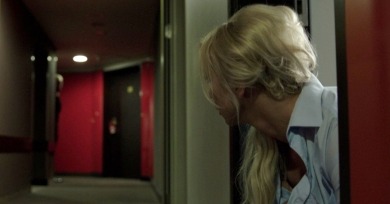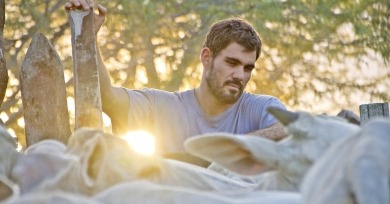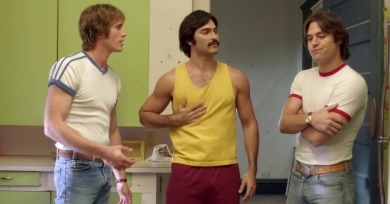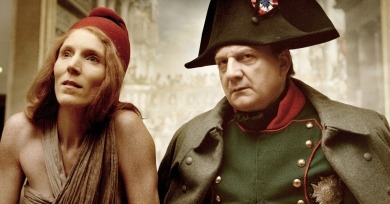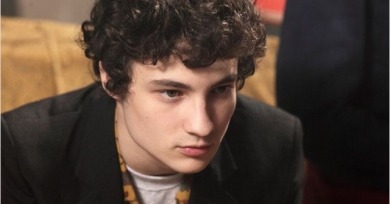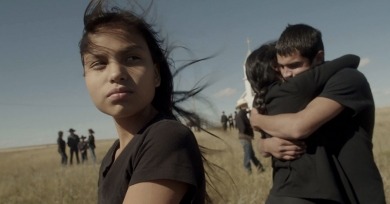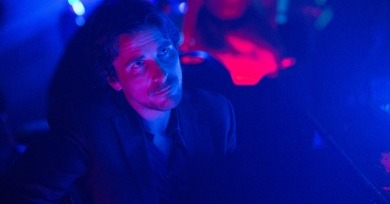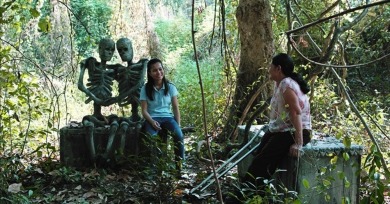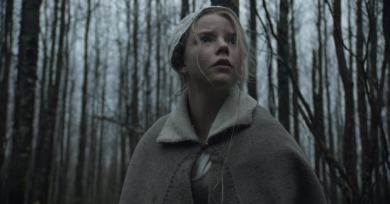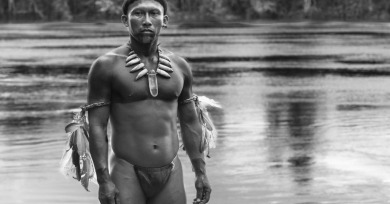Reviews
This low comedy, then, touches on a few highfalutin ideas: masculinity as performance for one, racial identity as a social construction for another. To one degree or another these things have been a part of Key and Peele’s comedy since their MADtv days.
Incident and emotion play less of a role in determining the frame than pictorial grandstanding, and all of the shallow depth-of-field and moody haze feels like the work of a DP padding his reel.
The Polish director strikes a dramatic balance between subjective introspection and engagement with the outside world, stability and vertigo, the art of getting by and that of getting through. Skolimowski prefers the athletic directness of the physical act to intellectual manipulation.
As with any good filmmaker, Mascaro uses the camera to help us see the world a little differently, a little more clearly. There’s something casually virtuosic about his new film, a work of strange realism that immerses the viewer in a natural yet defamiliarized environment of everyday ritual.
Linklater, ever the good-natured observer of human connection and sensitive American masculinity, creates something strangely beautiful. He sculpts decency from what might have otherwise seemed an undifferentiated mass of testosterone.
The force of the film’s spare simplicity here reminds of the similarly devastating No Home Movie—artists of the caliber of Tsai or Chantal Akerman need no tricks to move an audience, only honesty and fearlessness.
Where Russian Ark deliberately decontextualized its various vignettes, Francofonia is generous almost to a fault with exposition, tracing the development of the German occupation in a leisurely manner.
This is a film of unspeakable emotions, not platitudes; of how life and death can instill a room with meaning, not the lessons we learn from pain and loss.
First love is always critical, especially in the movies, but few are the scenarists like Desplechin who plumb it deeply enough to truly turn over all the minute pleasures and pains to find how thoroughly they shape a person.
First-time feature director Zhao resists courting our sympathy by presenting the family life as squalid, though many Pine Ridge families live without heating, clean water, or sanitation.
I will never understand those hostile responses to Malick, which seem determined to hold the line so that American narrative cinema will not be overrun by avant-garde abstraction, as though there was a flotilla of directors making experimental films on this scale instead of literally just one guy.
The miracle of the cinema of Apichatpong Weerasethakul—certainly among our greatest living filmmakers—is that he has used film to allow us to see through his eyes: maybe the highest compliment one can pay to a maker of moving images.
It’s like a cautionary bedtime story told to seventeenth-century American tots by cruel parents tucking them in at night as the wind howls outside the door.
Abound with lush, multilayered imagery shot in black-and-white super 35, Embrace of the Serpent subverts time and space while mostly staying grounded in the primordial world of the Amazon jungle.
